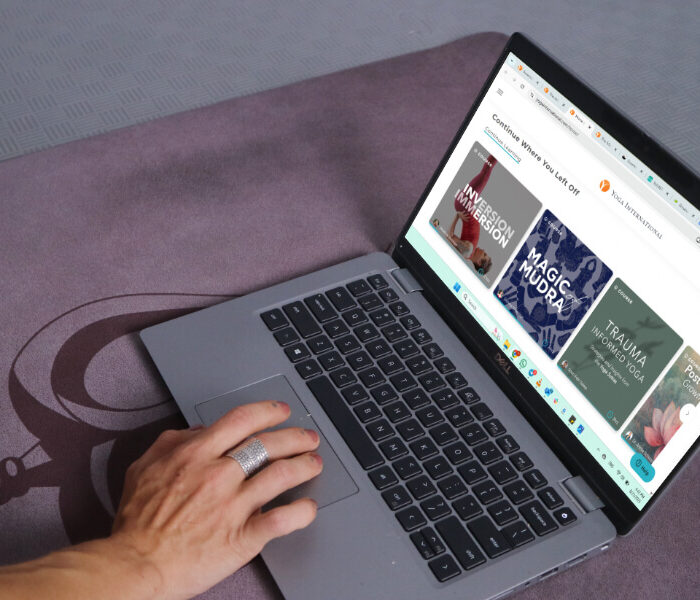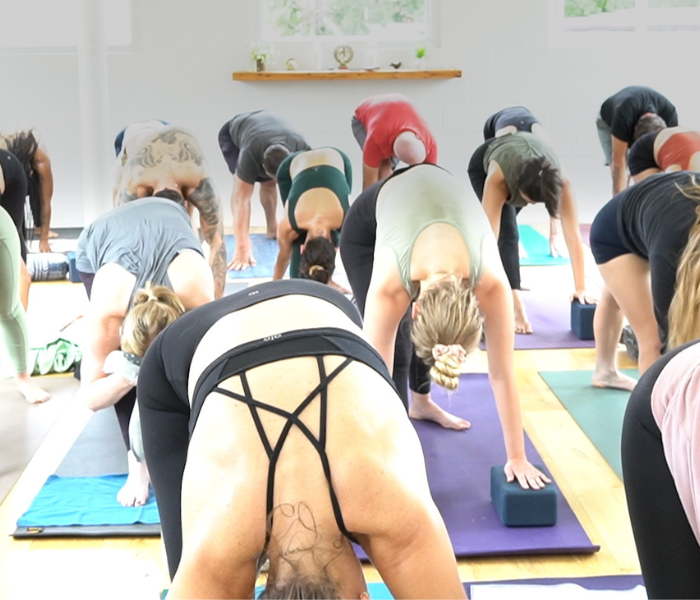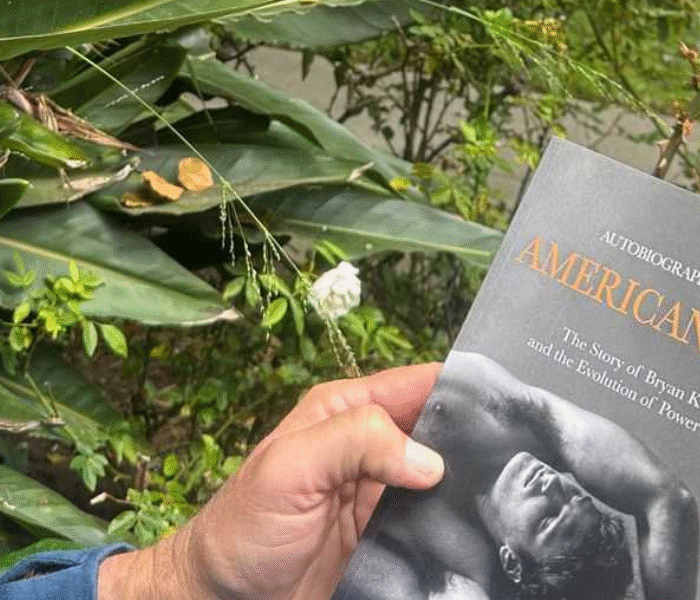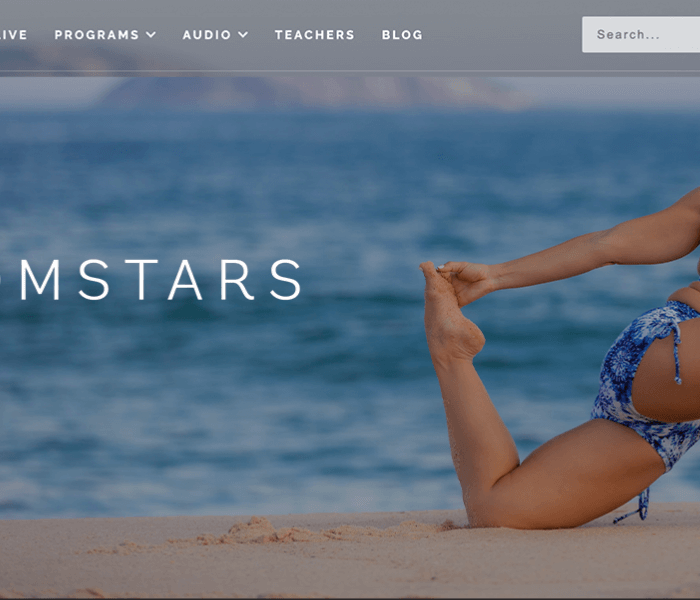Bryan Kest Yoga: Power Yoga pioneer, practice & online legacy
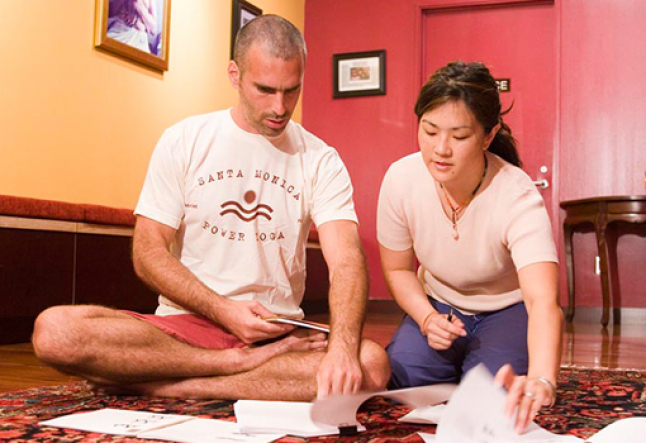
Discover the man behind modern Power Yoga—from Detroit to Ojai, from Santa Monica studios to global online streams.
Who is Bryan Kest?
Born in 1964 in Detroit, Michigan, Bryan Kest began his yoga journey at just 14 years old. His father, a physician, believed deeply in the mind-body connection and encouraged Bryan to explore yoga as a holistic practice. This early influence would shape a lifetime of teaching and transformation.
At 16, Bryan moved to Hawaii to study under David Williams, the first to bring Ashtanga Yoga to the West. Later, Kest would travel to Mysore, India to study with the legendary K. Pattabhi Jois, founder of Ashtanga Vinyasa Yoga.
Returning to the U.S., Bryan attended Ryokan College and began integrating his yoga with studies in holistic health and therapy—particularly for those with eating disorders. His first teaching gig? Helping clients at Esteem Clinic in Santa Monica.
Tried & tested: our review of PowerYoga.com
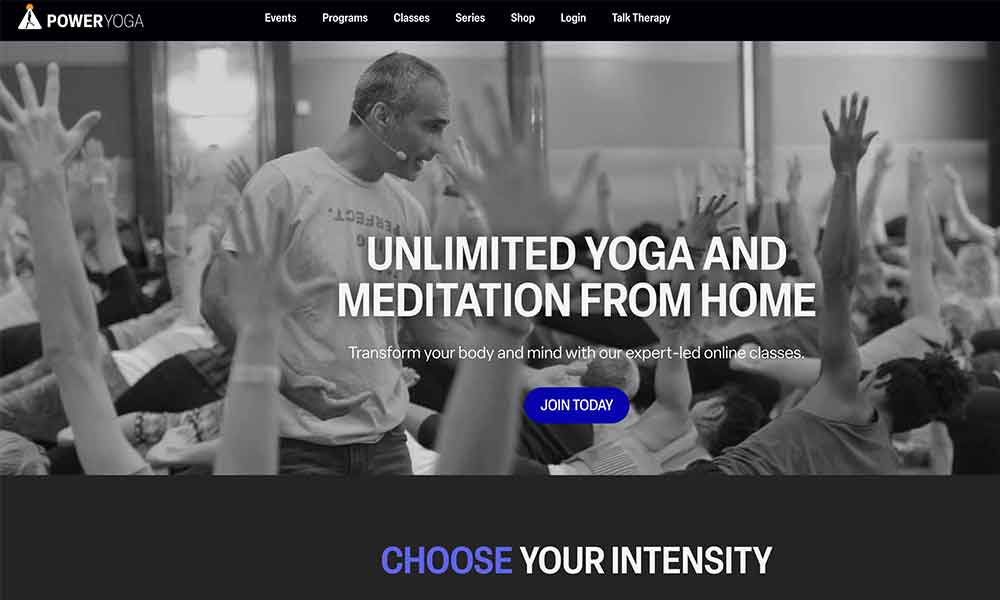
Want to know if Bryan Kest’s online yoga is worth it? We put it to the test.
In our in-depth review of PowerYoga.com, we explore:
- Streaming class variety (on-demand, live, workshops)
- Platform usability & mobile responsiveness
- Bryan’s teaching style vs. other instructors
- Pricing, value, and donation-based access
Spoiler: It’s minimalist, authentic, and deeper than just a workout.
• Read the full PowerYoga Online review by our team »
What is Power Yoga according to Bryan Kest?
Bryan coined the term Power Yoga in the late ’80s—not to describe a brutal workout, but to reflect the empowering effect of the practice.
“Power Yoga is not about fancy poses. It’s about cultivating qualities of the mind—gratitude, humility, calmness—that actually impact our health and happiness.” — Bryan Kest
Kest emphasizes that most disease is psychosomatic—originating in the mind. So while his classes offer a physically challenging flow, the deeper focus is on mental conditioning: learning to pause, breathe, and respond mindfully.
His approach challenges the ego, not just the body. Whether it’s taking child’s pose or resisting the urge to compete, each moment on the mat is a chance to feed the mind qualities you want to grow.Also read >>> Yoga International reviews: honest insights from my personal practice
Also read >>> Yoga International reviews: honest insights from my personal practice
Watch an interview with Bryan Kest here Power Yoga
From Santa Monica to Ojai: A Yoga movement evolves
In 1995, Bryan founded Santa Monica Power Yoga (Physical Studio closed in May 2018… I was there crying for his last class), a studio known for its raw authenticity and community-driven approach.
With no flashy branding, it thrived on word-of-mouth and the power of the practice itself.
Today, Bryan lives in the mountains near Ojai, California and teaches through his platform PowerYoga.com, offering live and on-demand classes to yogis around the world.
He continues to travel for retreats and workshops, but the digital shift has allowed his teachings to reach global audiences, maintaining intimacy while scaling impact.
Bryan Kest’s donation-based philosophy
Kest’s business model is as revolutionary as his teachings. Inspired by Vipassana meditation retreats, Bryan made his classes donation-based.
“If there’s enough in the box, we continue. If not, we trust. Yoga is about trust.”
Teachers at his studio used to pay rent for their class slots but keep 100% of donations—creating a sustainable model that empowers entrepreneurial instructors.
This generosity-first approach extends to businesses like Yogitoes (sold to Manduka), which he helped incubate through the studio’s infrastructure.
Also read>>> Six sitting methods for practicing meditation
Attend a Power Yoga master class
One of the best ways to experience Bryan’s teaching today is through his workshops. For example:
• Power Yoga Master Class with Bryan Kest
• Where? : Shefayoga Venice | TBD, visit our page again soon for next live class schedule in Venice.
$45 (Save 10% if paired with the Long, Slow, Deep Workshop)
This 2-hour session fuses lecture, meditation, and physical asana practice. It’s not just a workout—it’s a deep dive into yogic mindset.
Parking: $2 with validation at Venice Renaissance.
His book: Autobiography of an American Yogi
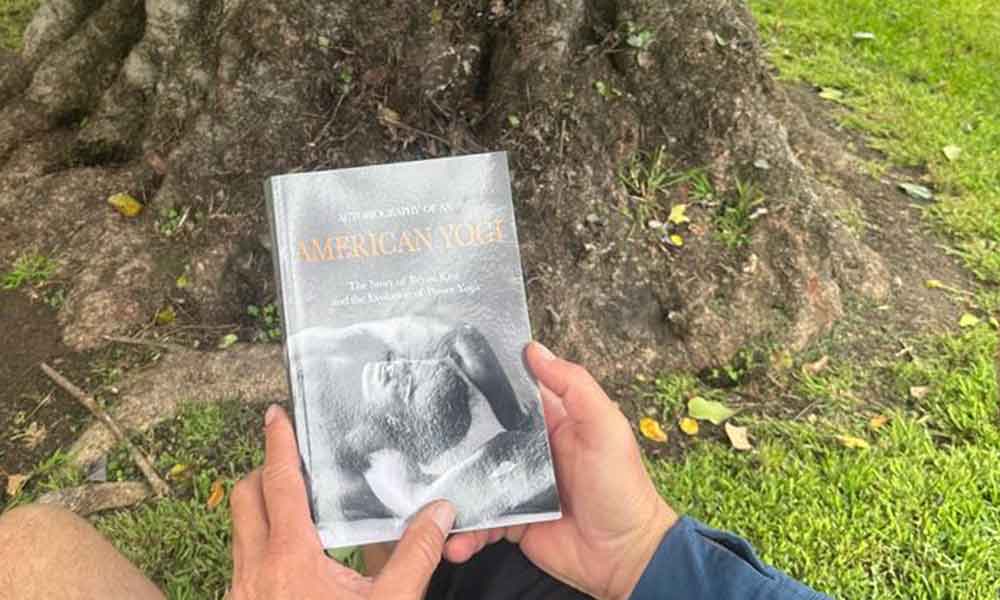
Bryan’s memoir is part reflection, part dharma talk. Told in short, meditative chapters, the book offers a raw, humorous, and heartfelt look into his life.
“The only way to judge your progress in yoga is how little you judge anything.” — Bryan Kest.
It’s not just a story; it’s a transmission of 40 years of practice. If you’re curious about the man behind the mat, this book is the perfect companion.
Read our full book review here »
Where to practice with Bryan Kest
- PowerYoga.com – On-Demand and live-streamed classes
- YouTube – Free flows, interviews, and insights
- Retreats – Global workshops with a focus on simplicity and transformation
- In-Studio – Shefayoga in Venice (see above schedule)
Bryan Kest’s life off the mat
Bryan Kest is a father of four. He shares three children with his ex-wife, Jazmine Pierre-Lys, whom he divorced in 2015. Today, he lives in the mountains near Ojai, California, with his current partner Melissa and their child.
This quiet life in nature reflects the meditative philosophy that guides his yoga: simplicity, presence, and trust. It’s here that he runs PowerYoga.com, streams live classes, and continues to evolve the practice he started over 40 years ago.
Final thoughts
Bryan Kest redefined yoga not by complicating it, but by simplifying it—bringing it back to presence, honesty, and inner strength.
Whether you’re a seasoned yogi or just getting started, Bryan’s teachings offer a refreshing alternative to performance-based yoga culture. His voice is one of integrity, consistency, and deep compassion—for the body and, more importantly, the mind.
“Business, like yoga, is just a reflection of your own inner state.” — Bryan Kest

